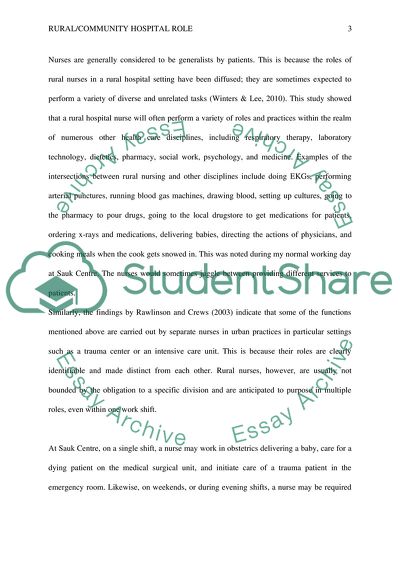Cite this document
(Rural/Community Hospital Role Transition Assignment Essay - 1, n.d.)
Rural/Community Hospital Role Transition Assignment Essay - 1. https://studentshare.org/nursing/1798511-practice-of-rural-nursing
Rural/Community Hospital Role Transition Assignment Essay - 1. https://studentshare.org/nursing/1798511-practice-of-rural-nursing
(Rural/Community Hospital Role Transition Assignment Essay - 1)
Rural/Community Hospital Role Transition Assignment Essay - 1. https://studentshare.org/nursing/1798511-practice-of-rural-nursing.
Rural/Community Hospital Role Transition Assignment Essay - 1. https://studentshare.org/nursing/1798511-practice-of-rural-nursing.
“Rural/Community Hospital Role Transition Assignment Essay - 1”. https://studentshare.org/nursing/1798511-practice-of-rural-nursing.


